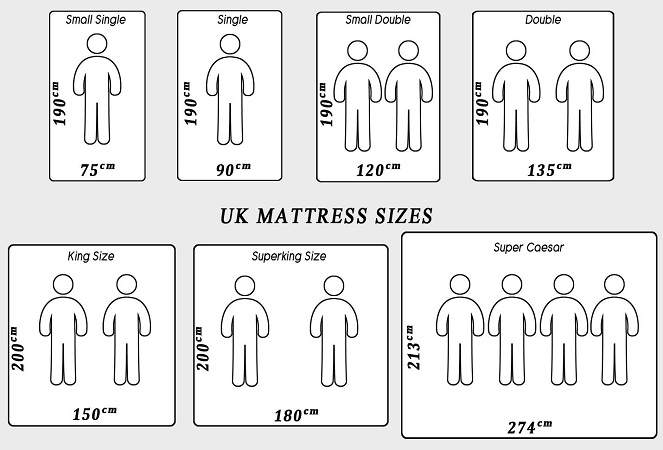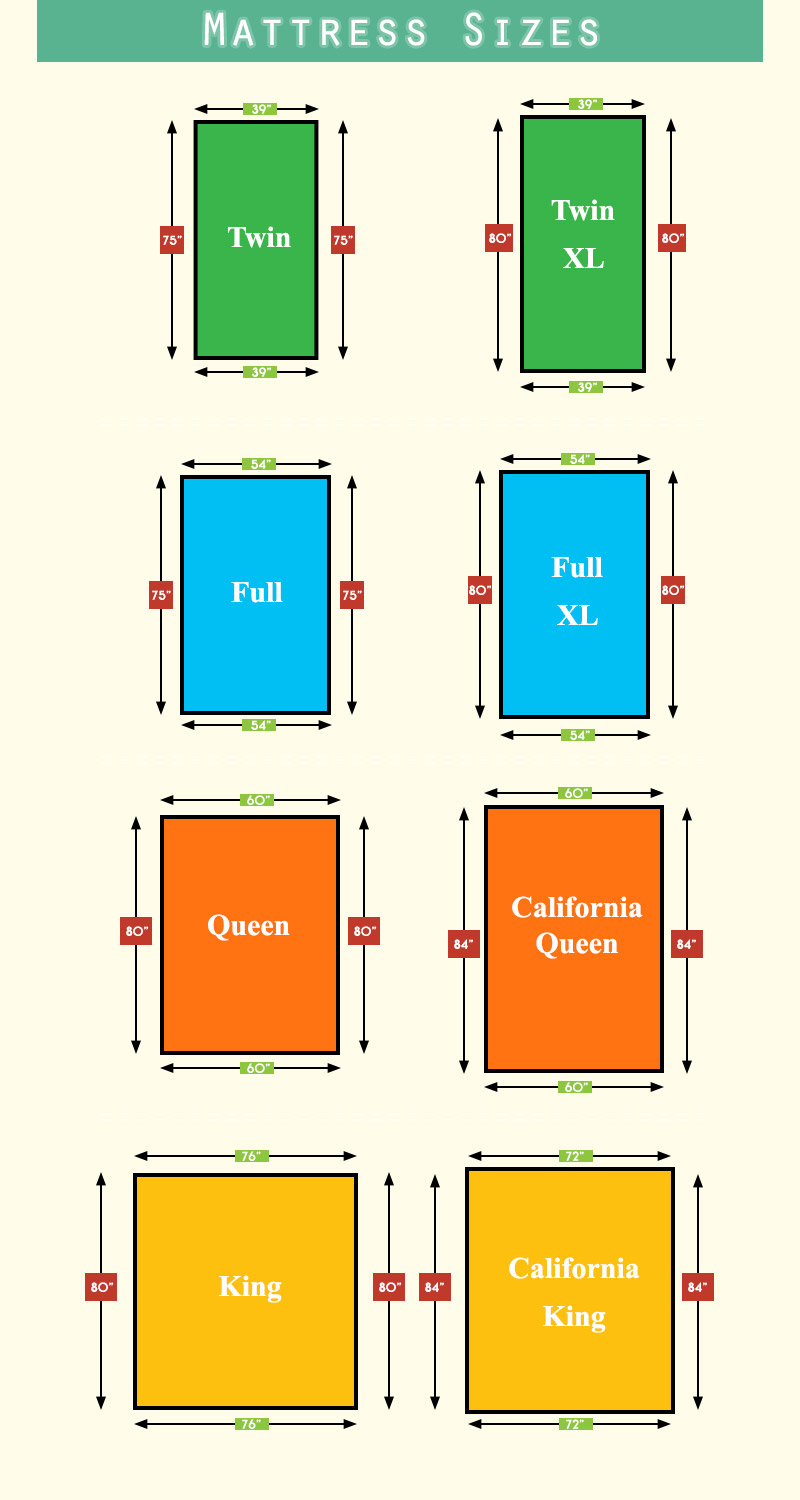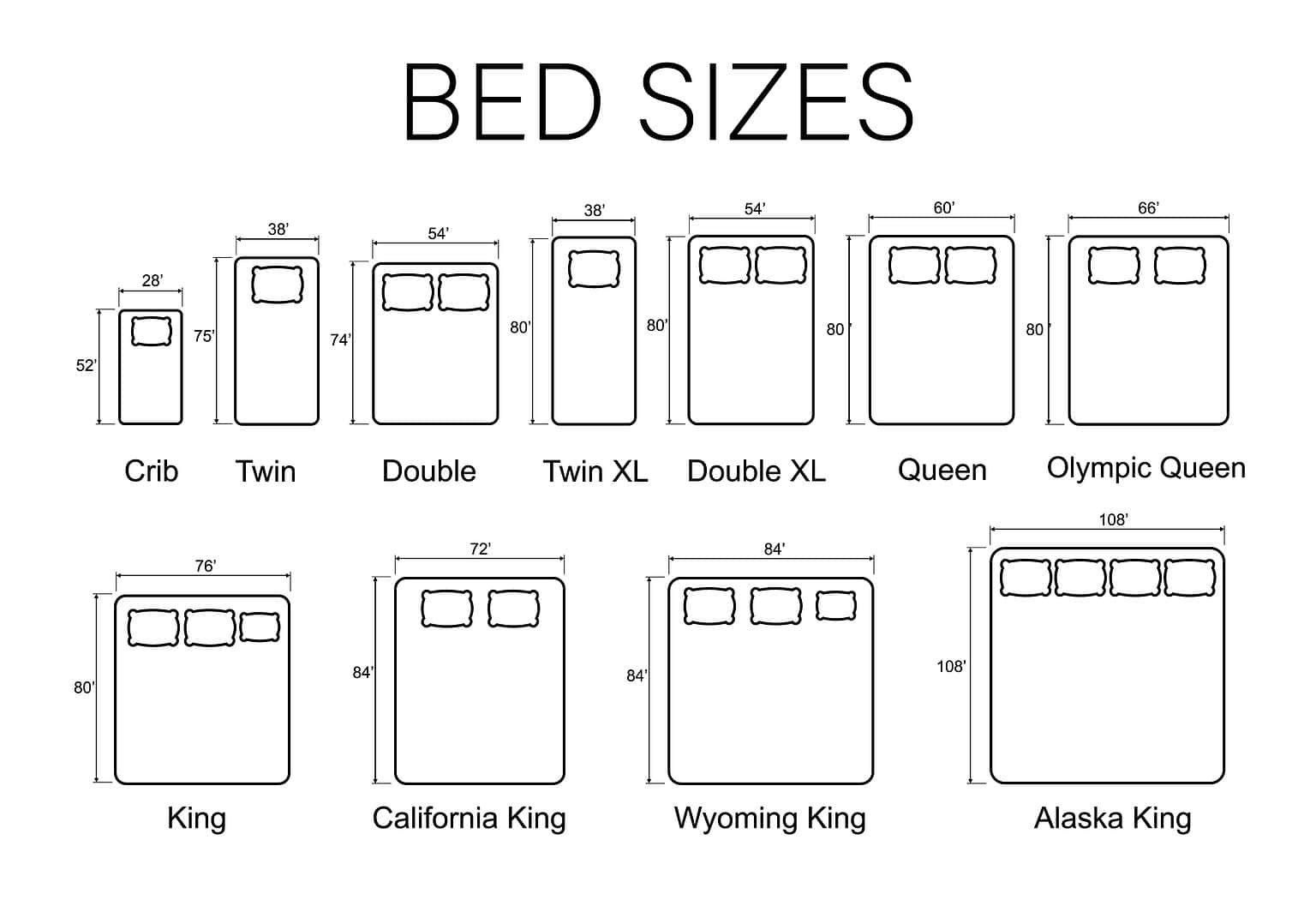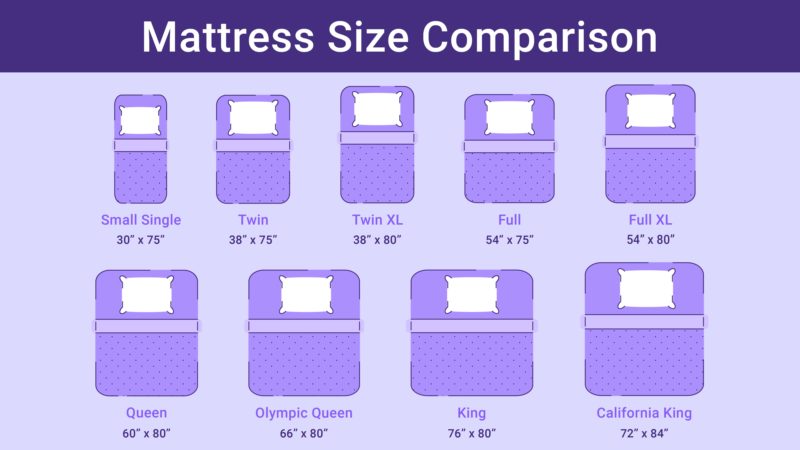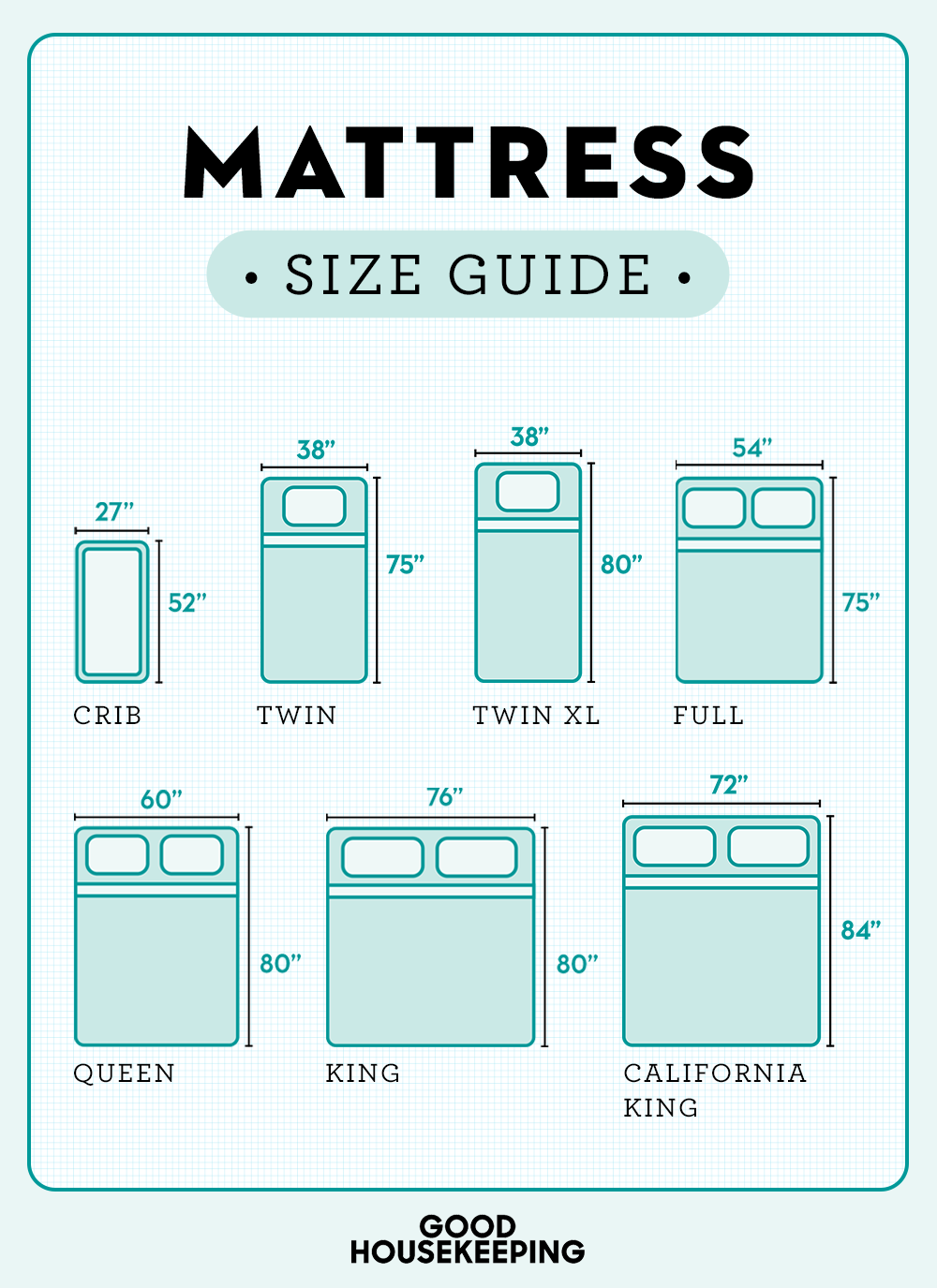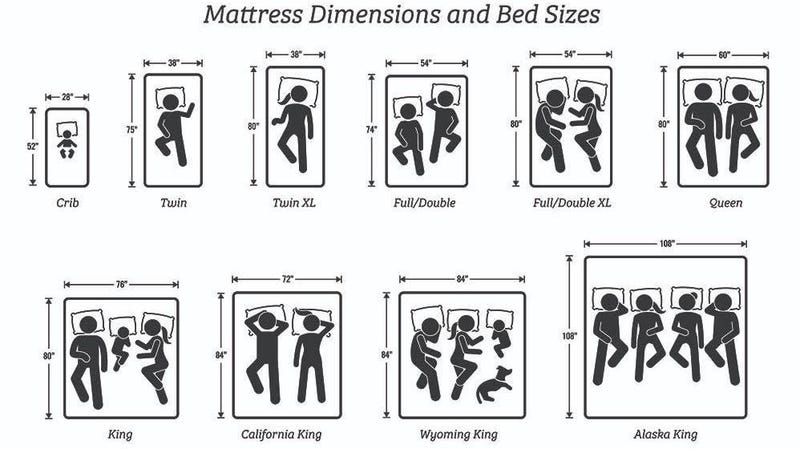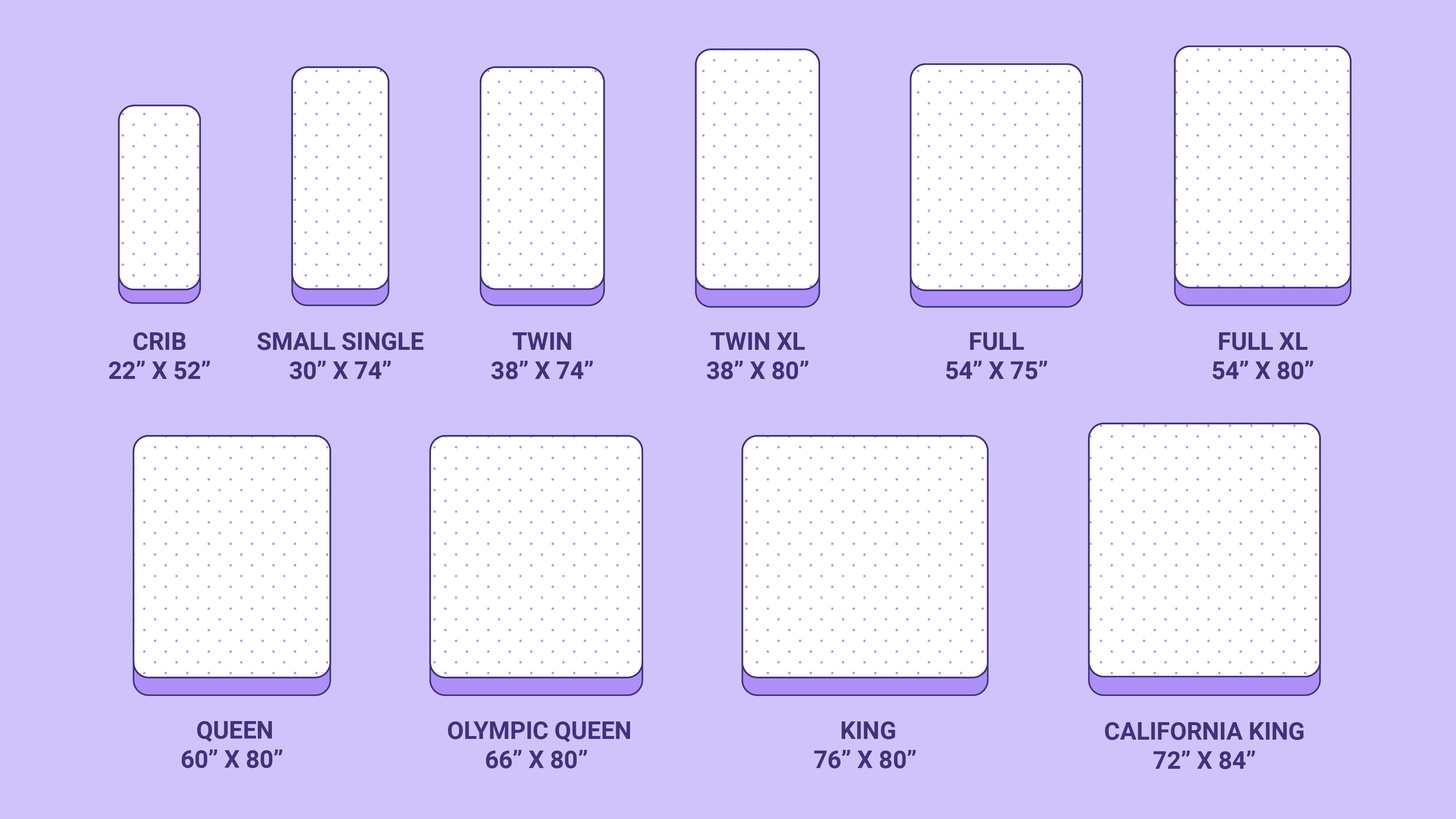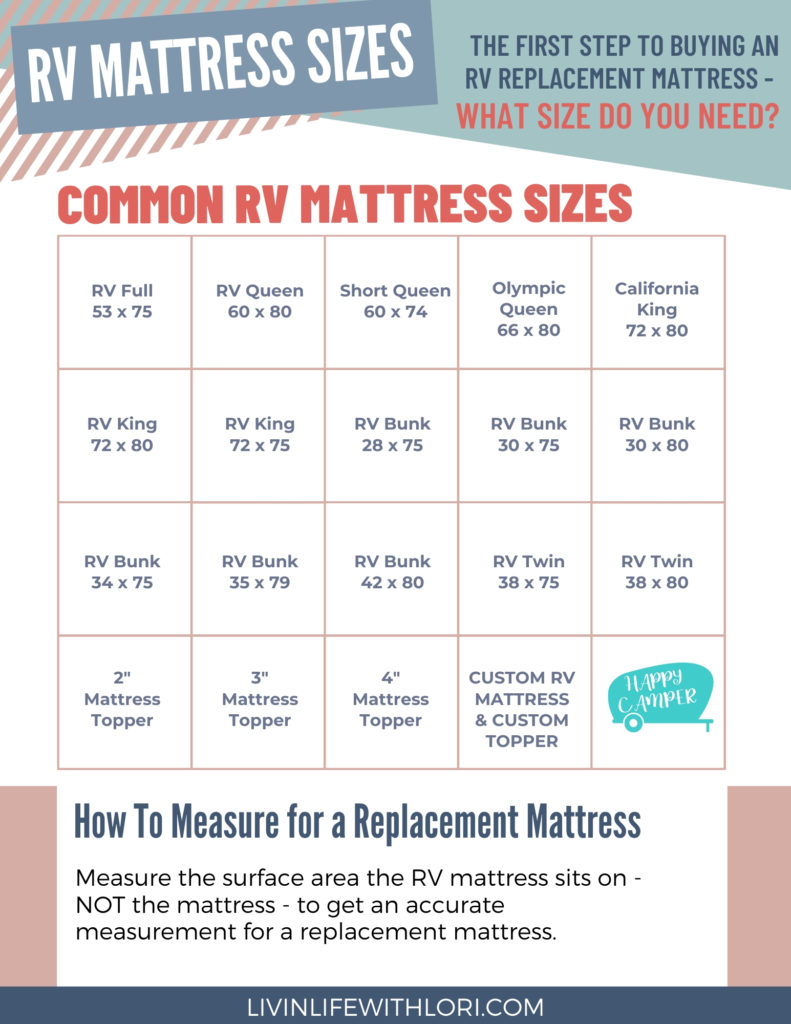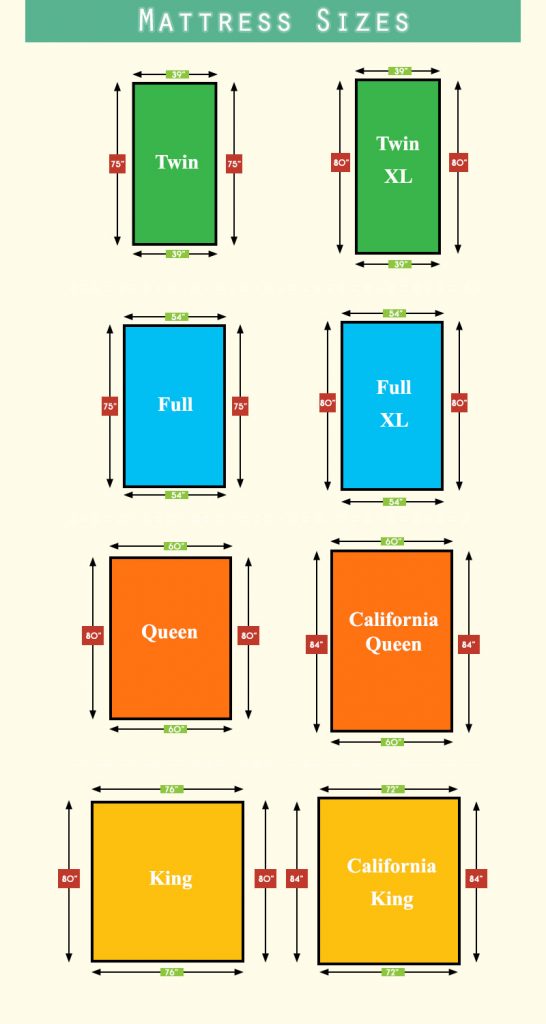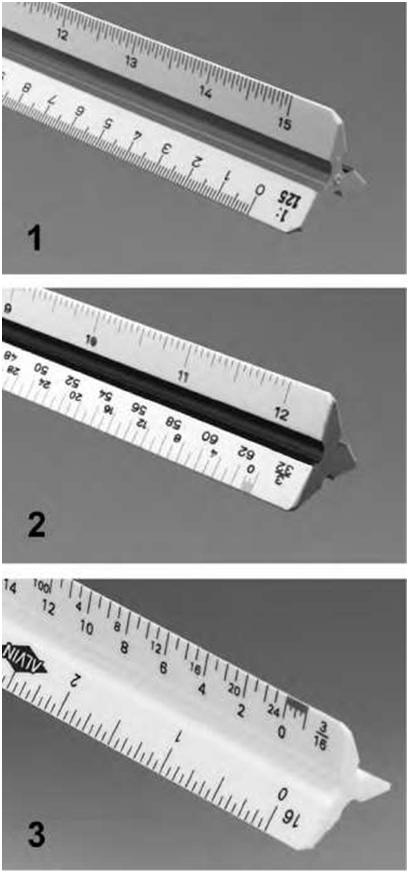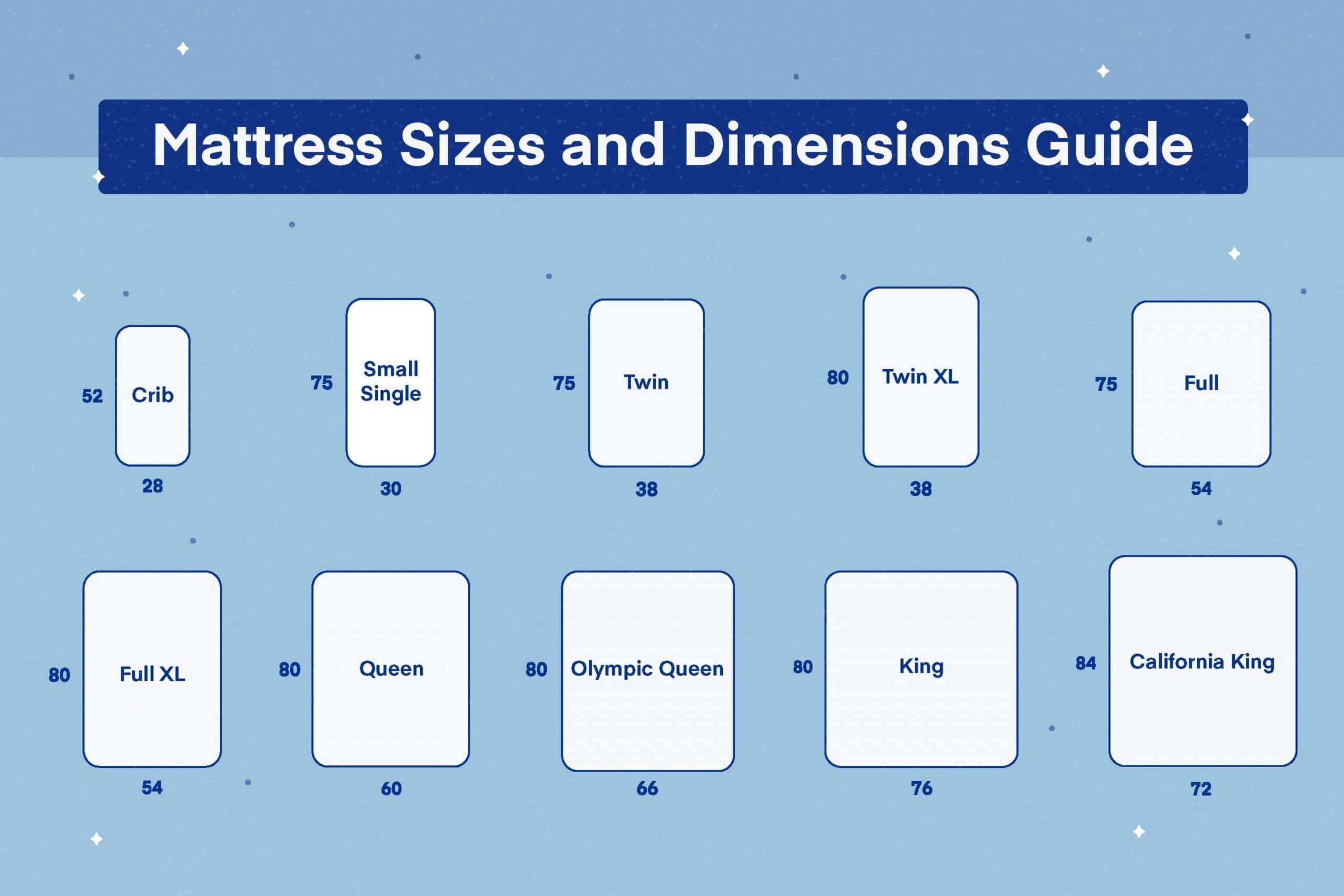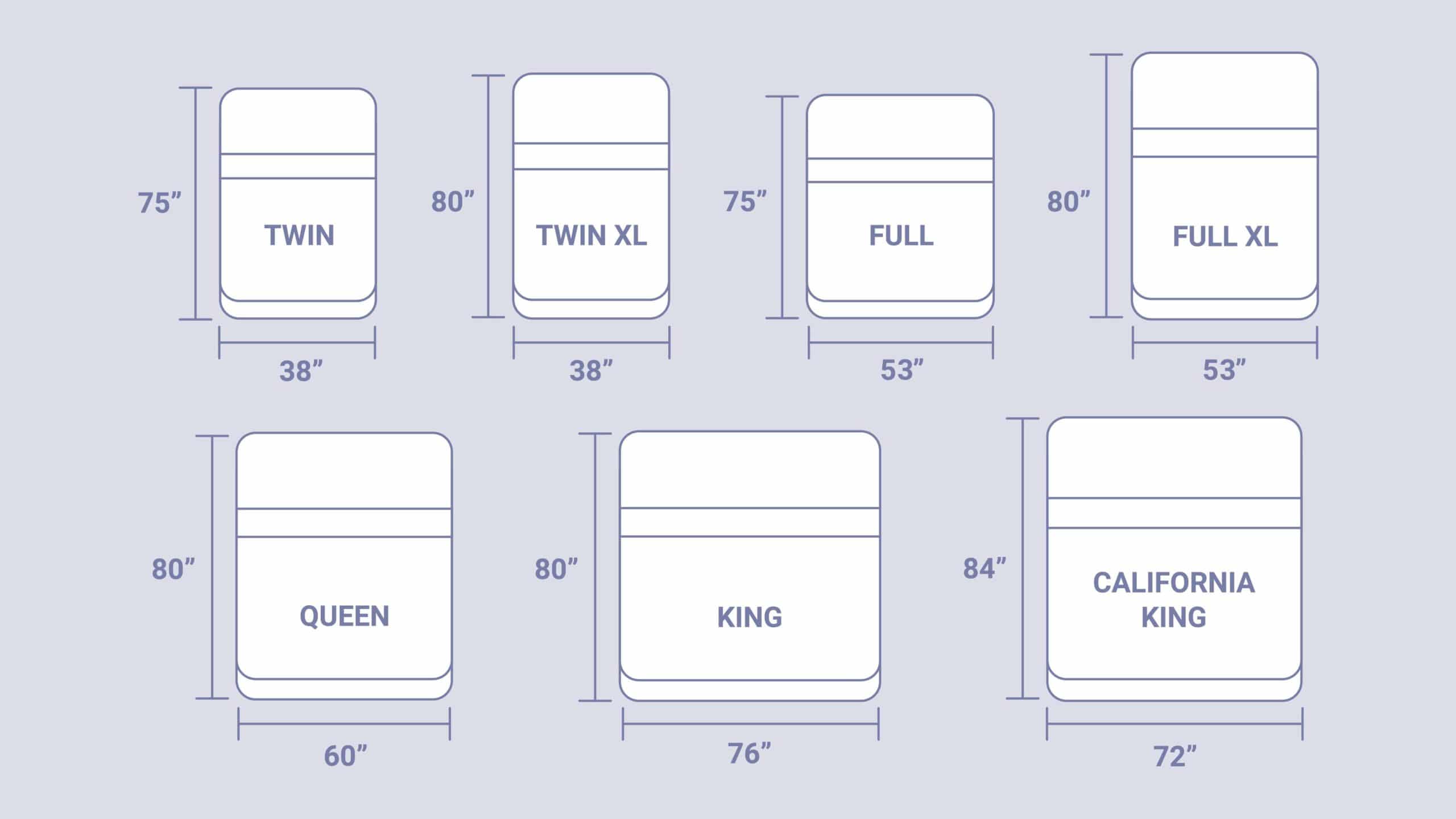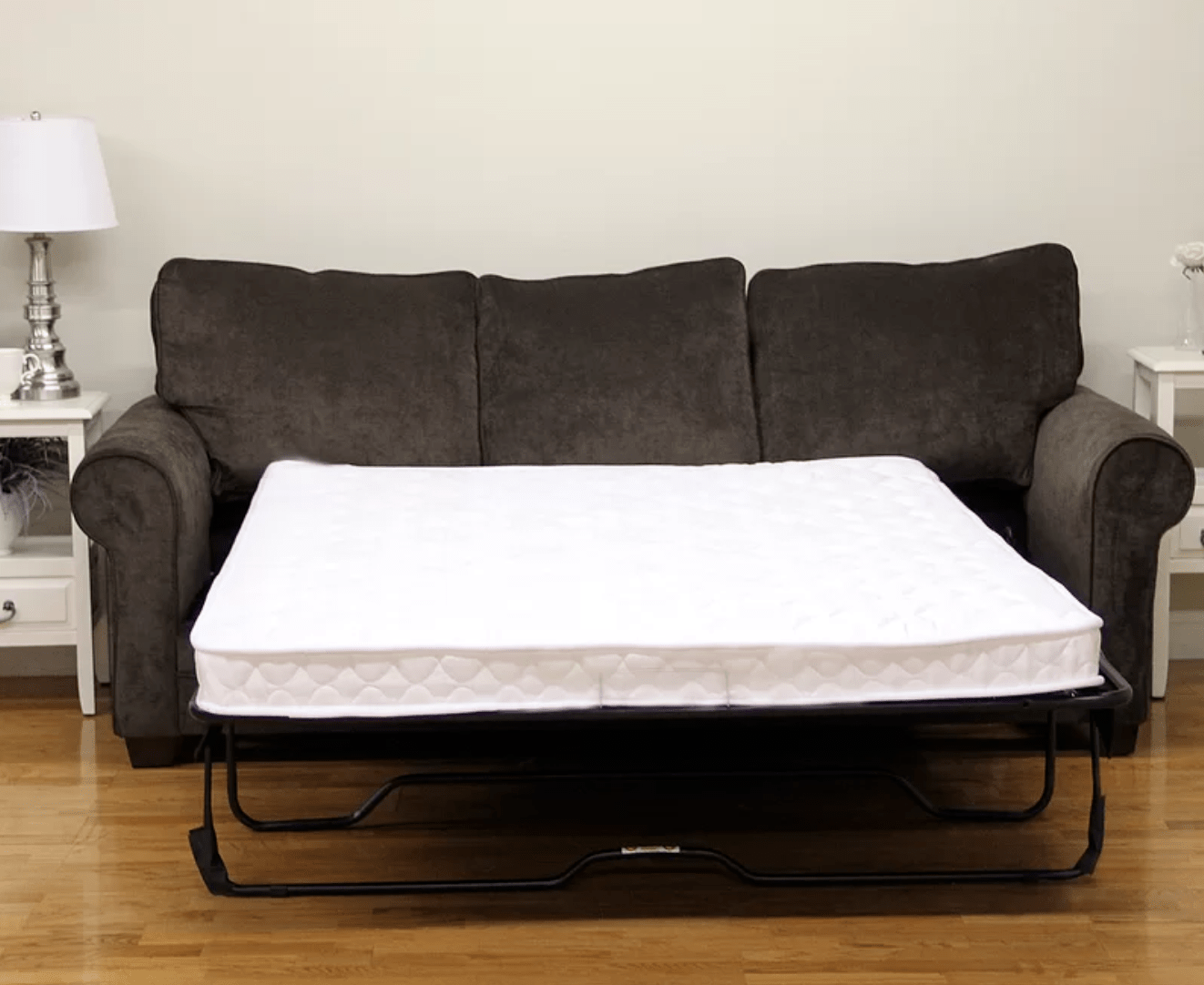When it comes to mattress sizes, there are two main standards used around the world: US and European. While both offer a variety of sizes to choose from, there are some key differences between them that are important to consider when shopping for a new mattress. In this article, we will break down the top 10 main differences between US and European mattress sizes to help you make an informed decision.US vs. European Mattress Sizes: What You Need to Know
One of the biggest differences between US and European mattress sizes is the dimensions. In the US, mattresses are typically measured in inches, while in Europe, they are measured in centimeters. This can make it confusing when trying to compare sizes, as a US queen size mattress (60 inches by 80 inches) is not the same as a European queen size (160 centimeters by 200 centimeters). Another key difference is the naming convention. In the US, mattress sizes are referred to as twin, full, queen, and king, while in Europe, they are known as single, double, queen, and king. This can also cause confusion when trying to determine the equivalent size between the two standards.Understanding the Differences Between US and European Mattress Sizes
Choosing the right mattress size ultimately depends on your personal preferences and needs. If you prefer more space to spread out while sleeping, a US king or European king size mattress would be a better option. However, if you have a smaller bedroom or are looking for a more budget-friendly option, a US queen or European queen size may be a better fit. It's also important to consider the standard bed sizes in your country. In the US, most bedding and furniture stores will carry US standard sizes, while in Europe, they will carry European standard sizes. This can limit your options if you are looking to purchase a mattress from a different standard.Comparing US and European Mattress Sizes: Which is Right for You?
Each standard has its own set of pros and cons. US sizes offer a wide range of options, making it easier to find the perfect fit for your needs. However, they may not be as widely available outside of the US. European sizes, on the other hand, are more commonly used globally, making it easier to find bedding and accessories. However, the range of sizes is more limited. Another factor to consider is the cost. In general, European sizes tend to be more expensive than US sizes. This is due to the higher demand for US sizes and the larger market competition. However, this may not be a significant factor for some buyers.The Pros and Cons of US and European Mattress Sizes
To better understand the differences between US and European mattress sizes, let's break down the dimensions of each standard. In the US, the most common sizes are twin (38 inches by 75 inches), full (53 inches by 75 inches), queen (60 inches by 80 inches), and king (76 inches by 80 inches). In Europe, the most common sizes are single (90 centimeters by 200 centimeters), double (140 centimeters by 200 centimeters), queen (160 centimeters by 200 centimeters), and king (180 centimeters by 200 centimeters). As you can see, there is some overlap in size, but there are also significant differences. For example, a US queen size mattress is slightly wider and longer than a European queen size mattress. This may not seem like a big difference, but it can make a noticeable impact on the comfort and space available while sleeping.Breaking Down the Differences Between US and European Mattress Sizes
When it comes down to it, the best way to determine the right mattress size for you is to try them out in person. This may not be possible if you are shopping for a European size in the US or vice versa, but it can be helpful to visit a store that carries both standards to get a feel for the size differences. If that is not an option, consider your sleeping habits and preferences. Do you tend to toss and turn throughout the night? A larger mattress may be more comfortable for you. Do you have a partner who likes to spread out? A king size may be the best option.Choosing the Right Mattress Size: US vs. European Options
Another factor to consider is the types of mattresses available in each standard. In the US, foam and innerspring mattresses are the most common and widely available. In Europe, latex and memory foam mattresses are more popular. This is important to keep in mind when shopping for a specific type of mattress, as it may be easier to find in one standard over the other. Additionally, the thickness of the mattresses may also differ between US and European sizes. In the US, mattresses are typically around 9-12 inches thick, while in Europe, they can range from 7-12 inches. This may not seem like a significant difference, but it can affect the overall comfort and support of the mattress.Exploring the Differences Between US and European Mattress Sizes
As mentioned earlier, the most common mattress sizes vary depending on the country. In the US, twin and queen sizes are the most popular, while in Europe, double and queen sizes are more commonly used. This is important to keep in mind when shopping, as it may affect the availability and pricing of certain sizes.US vs. European Mattress Sizes: Which is More Common?
To help you better visualize the size differences between US and European mattress sizes, let's look at a comparison chart:Understanding the Dimensions of US and European Mattress Sizes
When it comes to comfort and support, the size of the mattress is not the only factor to consider. The type of mattress and its firmness level also play a significant role. However, it is worth noting that a larger mattress generally offers more space for movement and may be more comfortable for couples or those who like to spread out while sleeping. Ultimately, the right mattress size for you will depend on your personal preferences, needs, and budget. By understanding the differences between US and European sizes, you can make an informed decision and find the perfect mattress for a good night's sleep.Comparing the Comfort and Support of US and European Mattress Sizes
Choosing the Right Mattress Size for Your Home

Why Size Matters
 When it comes to designing your dream home, you want every detail to be perfect, including your
mattress size
. After all, a good night's sleep is essential for our health and well-being. But did you know that
US and European mattress sizes
differ? This may seem like a minor detail, but it can have a significant impact on your overall comfort and the overall look of your bedroom. Let's take a closer look at the differences between these two popular mattress sizes and how to choose the right one for your home.
When it comes to designing your dream home, you want every detail to be perfect, including your
mattress size
. After all, a good night's sleep is essential for our health and well-being. But did you know that
US and European mattress sizes
differ? This may seem like a minor detail, but it can have a significant impact on your overall comfort and the overall look of your bedroom. Let's take a closer look at the differences between these two popular mattress sizes and how to choose the right one for your home.
Understanding US and European Mattress Sizes
 In the US, the most common mattress sizes are
twin, full, queen, and king
. These sizes are measured in inches and are typically wider and shorter compared to European sizes. On the other hand, European sizes are measured in centimeters and are typically longer and narrower. The most common European sizes are
single, double, queen, and king
. So, if you are accustomed to the spaciousness of a US queen-size bed, you may want to consider a European king-size bed for a similar fit.
In the US, the most common mattress sizes are
twin, full, queen, and king
. These sizes are measured in inches and are typically wider and shorter compared to European sizes. On the other hand, European sizes are measured in centimeters and are typically longer and narrower. The most common European sizes are
single, double, queen, and king
. So, if you are accustomed to the spaciousness of a US queen-size bed, you may want to consider a European king-size bed for a similar fit.
Choosing the Right Size for Your Space
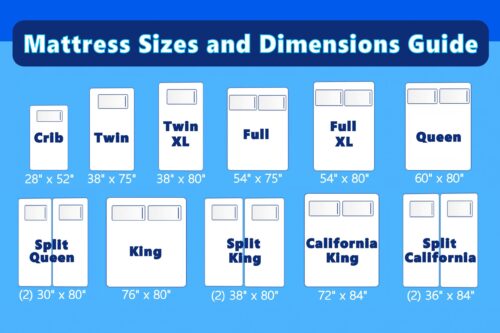 When it comes to
choosing the right mattress size
for your home, you need to consider both your personal preferences and the size of your bedroom. For smaller bedrooms, a US twin or European single may be the best option to save space. However, if you have a larger bedroom and prefer more room to stretch out, a US king or European king may be the way to go. It's also important to consider any other furniture in the bedroom and leave enough space for comfortable movement.
When it comes to
choosing the right mattress size
for your home, you need to consider both your personal preferences and the size of your bedroom. For smaller bedrooms, a US twin or European single may be the best option to save space. However, if you have a larger bedroom and prefer more room to stretch out, a US king or European king may be the way to go. It's also important to consider any other furniture in the bedroom and leave enough space for comfortable movement.
In Conclusion
 While
US and European mattress sizes
may differ, the key is to choose the right size for your personal needs and the size of your bedroom. Whether you prefer the spaciousness of a US size or the length of a European size, there are plenty of options to choose from. Just remember to measure your space and consider your personal preferences before making a decision. With the right mattress size, you'll be one step closer to creating your dream bedroom in your dream home.
While
US and European mattress sizes
may differ, the key is to choose the right size for your personal needs and the size of your bedroom. Whether you prefer the spaciousness of a US size or the length of a European size, there are plenty of options to choose from. Just remember to measure your space and consider your personal preferences before making a decision. With the right mattress size, you'll be one step closer to creating your dream bedroom in your dream home.




